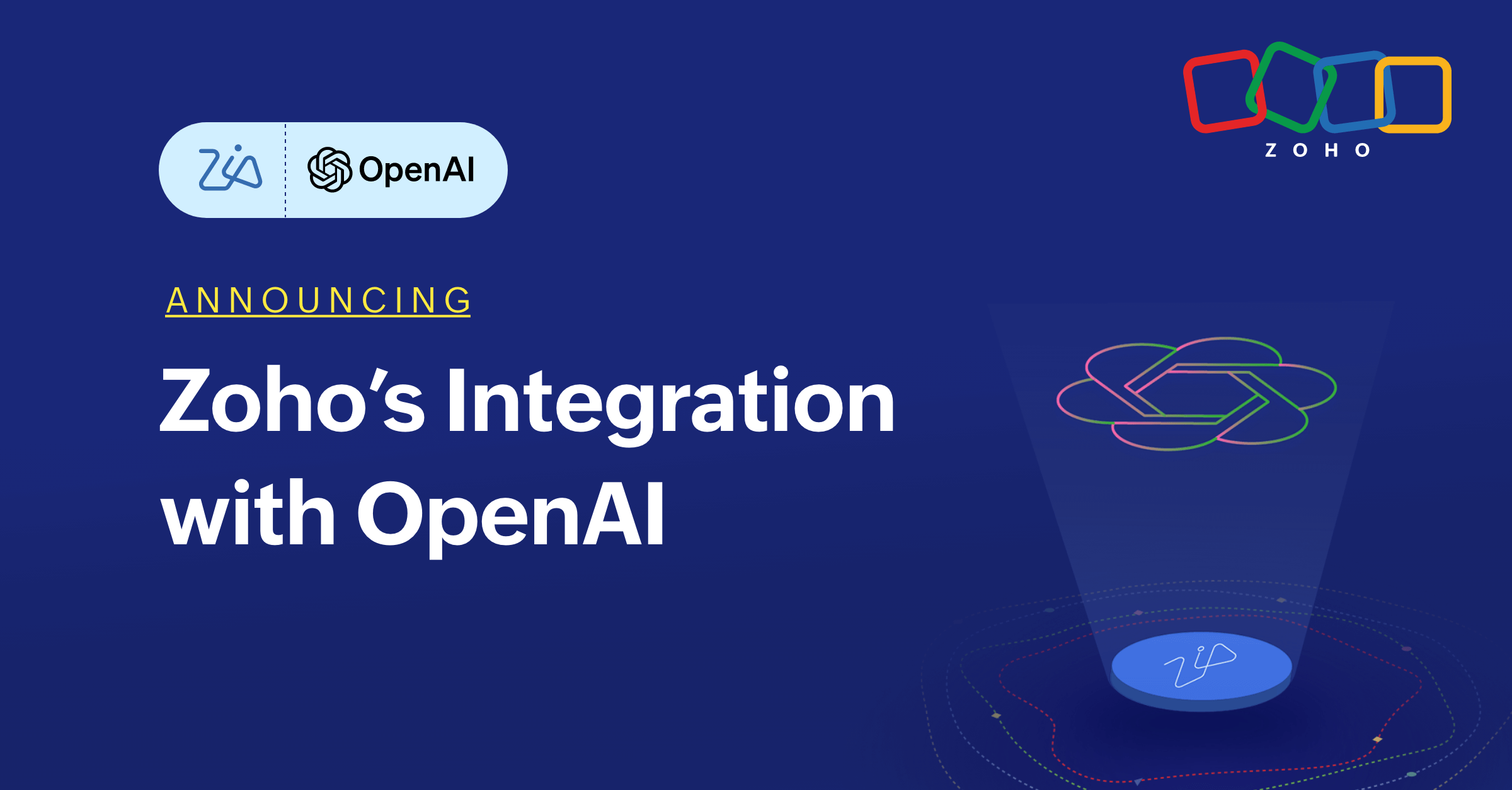
Launched originally in 2009 under the name Zoho Reports, Zoho Analytics has evolved over the years, continually aligning itself with emerging technologies in automation and data science. The new release highlights over 100 updates, making it one of the most comprehensive upgrades in Zoho's BI offerings to date. Central to this evolution are several advanced tools that enable businesses to delve deeper into their data with minimal technical input.
At the heart of this upgrade is the integration with OpenAI, designed to simplify complex data analysis tasks. By incorporating OpenAI's capabilities, users can now leverage retrieval-augmented generation (RAG) and APIs to access and query public datasets, create formulas, and write SQL queries effortlessly. This move democratizes access to high-level BI tools, which were once only accessible to large enterprises with specialized teams.
Zoho Analytics also features a significant update to its AI-based tool, Zia Insights, which has been enhanced to provide diagnostic analysis in natural language. This tool allows users to ask questions in everyday language and receive answers in the form of reports, dashboards, or visualizations, without needing to manually sift through the data. Zia can now operate in multiple languages, including Spanish and French, expanding its usability to a broader audience.
The platform’s Auto Analysis feature introduces AI-driven automation, enabling metrics, dashboards, and reports to be generated automatically based on pre-existing data. With this automation, companies can focus on decision-making rather than spending time on manual report creation. In addition, the system’s AI model builder, now equipped with AutoML (a no-code assistant), helps users create custom machine learning models with minimal input.
In the realm of data science, Zoho Analytics now comes with the Data Science and Machine Learning Studio (DSML), which includes a Python Code Studio where users can build, import, or integrate their own models. This flexibility positions Zoho as a leading tool for companies looking to bridge the gap between data management and machine learning without the need for extensive technical expertise.
The platform’s integration capabilities have also been expanded, allowing seamless connectivity with third-party BI platforms like Power BI and Tableau. Through the Unified Metrics Layer, businesses can standardize and monitor metrics across different platforms, further enhancing the potential for multi-source data analysis.
To ensure scalability, Zoho has introduced tools like the visual pipeline builder and a headless BI mode, allowing businesses to manage data flows and integrate their insights into other applications in real-time. These updates are particularly beneficial for enterprises handling large volumes of data from various sources, as they facilitate streamlined data orchestration across different platforms and workflows.
